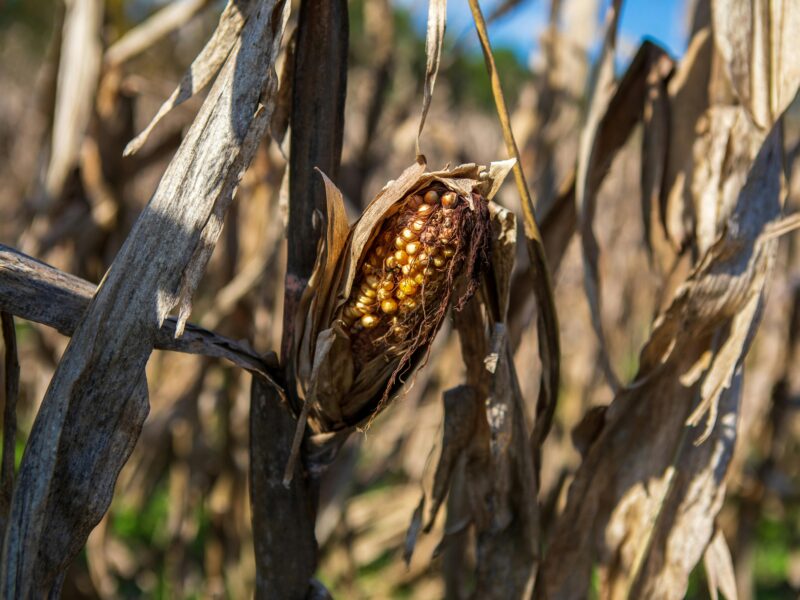When most gardeners think of weeds, they picture unwanted invaders that choke out vegetables and smother prized perennials. But what if some of those weeds are actually doing your garden a favor?
Not all weeds are villains. In fact, a few of the most common “nuisance plants” offer benefits that range from attracting pollinators to improving your soil. Before you go on your next weeding spree, consider keeping a few of these surprisingly helpful plants in your garden beds or edges.
Here are five weeds you might want to let live—and why.
1. Dandelion (Taraxacum officinale)
Yes, that sunny yellow flower you’ve probably spent hours yanking from your lawn is actually one of the most useful plants in the yard. Dandelions are early bloomers, offering nectar and pollen to bees and butterflies long before other flowers show up in spring.
Their deep taproots also help break up compacted soil and pull nutrients like calcium from deeper layers to the surface—nutrients that can benefit neighboring plants. Bonus: the entire plant is edible. Try young leaves in salad or roast the root for a natural detox tea.
Why keep it? Soil health, pollinators, and it’s edible!
2. Purslane (Portulaca oleracea)
This low-growing succulent is often labeled a weed, but it’s a nutritional powerhouse. Purslane contains more omega-3 fatty acids than any other leafy green—yes, more than spinach or kale! It’s also drought-tolerant, easy to harvest, and spreads quickly as a ground cover, helping retain soil moisture and reduce erosion.
You can eat purslane raw in salads or sauté it like spinach. Just be sure to positively ID it before munching—it’s often confused with toxic lookalikes like spurge.
Why keep it? Edible, drought-resistant, and great for ground cover.
3. White Clover (Trifolium repens)
This low-growing, white-flowering plant often shows up in lawns and garden paths—and it’s more of a helper than a hindrance. White clover is a nitrogen fixer, which means it pulls nitrogen from the air and deposits it into the soil, enriching it for surrounding plants.
Clover also attracts bees and beneficial insects. If you’re growing vegetables, clover can boost soil fertility and reduce the need for synthetic fertilizers.
Why keep it? Natural fertilizer, pollinator magnet, and soft lawn alternative.
4. Chickweed (Stellaria media)
Chickweed loves cool weather and moist soil. While it can spread rapidly, it’s also a sign of healthy, nutrient-rich soil. Chickweed is edible, with a mild, spinach-like flavor. You can add it to salads, smoothies, or pestos.
It also acts as a living mulch, helping to keep the soil cool and shaded, which is especially useful in spring gardens. Some gardeners even use chickweed as a cover crop.
Why keep it? Soil health indicator, edible, and living mulch.
5. Lamb’s Quarters (Chenopodium album)
This tall, leafy plant might look like a weed, but it’s actually a nutrient-dense green that rivals spinach. Lamb’s quarters grow fast and require no babying—just harvest the young leaves and cook them like collards or kale.
The plant also breaks up heavy soil with its roots, and its dense foliage can shade out more problematic weeds. It’s been a wild food staple for generations.
Why keep it? Highly nutritious, fast-growing, and suppresses other weeds.
While it’s tempting to view all weeds as a threat to your garden, some can be partners in disguise. From improving soil structure to feeding pollinators—and even you—these “weeds” prove that nature doesn’t always need taming.
Of course, it’s important to manage spread and know your limits. Letting beneficial weeds grow in controlled spaces (edges, corners, between crops) allows you to enjoy their perks without letting them take over. And always positively identify plants before eating them.
The next time you’re out pulling weeds, take a closer look—you might just find a secret ally growing right under your nose.


